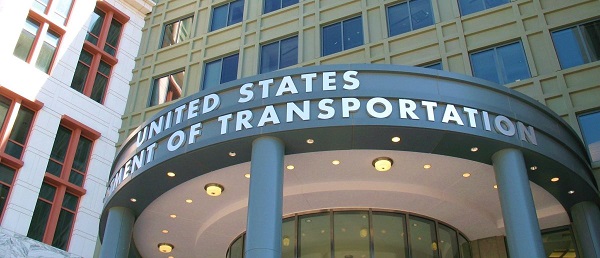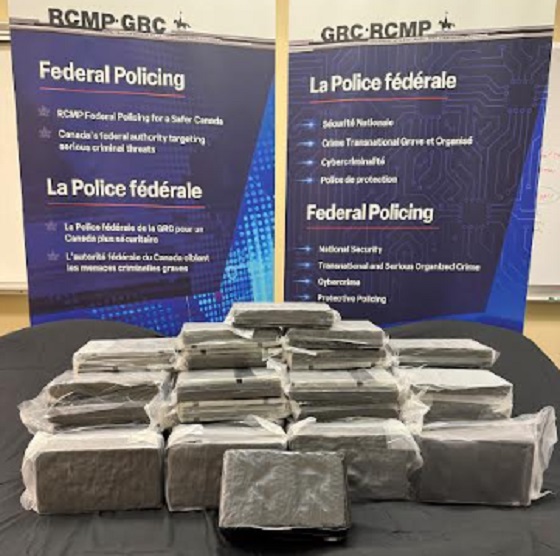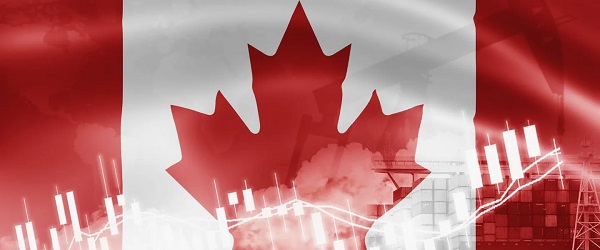Alberta
Mask expert warns Dr. Deena Hinshaw mask use will not protect against COVID-19

Chris Schaefer is the Director of SafeCom Training Services Inc. in Edmonton. He has sent this letter to Dr. Deana Hinshaw. As an open letter it is also being circulated on social medias.
Open Letter to Physicians and the Public of Alberta
Dear Dr. Hinshaw,
Re: Alberta Health recommendation that Albertans wear N95, surgical or non-medical masks in public to reduce the likelihood of transmitting or developing a condition from the coronavirus known as COVID-19
I have been teaching and conducting respirator fit testing for over 20 years and now currently for my company SafeCom Training Services Inc. My clients include many government departments, our military, healthcare providers with Alberta Health Services, educational institutions and private industry. I am a published author and a recognized authority on this subject.
Filter respirator masks, especially N95, surgical and non-medical masks, provide negligible COVID-19 protection for the following reasons:
- Viruses in the fluid envelopes that surround them can be very small, so small in fact that you would need an electron microscope to see them. N95 masks filter 95% of particles with a diameter of 0.3 microns or larger. COVID-19 particles are .08 – .12 microns.
- Viruses don’t just enter us through our mouth and nose, but can also enter through our eyes and even the pores of our skin. The only effective barrier one can wear to protect against virus exposure would be a fully encapsulated hazmat suit with cuffs by ankles taped to boots and cuffs by wrists taped to gloves, while receiving breathing air from a self-contained breathing apparatus (SCBA) This barrier is standard gear to protect against a biohazard (viruses) and would have to be worn in a possible virus hazard environment 24/7 and you wouldn’t be able to remove any part of it even to have a sip of water, eat or use the washroom while in the virus environment. If you did, you would become exposed and would negate all the prior precautions you had taken.
3. Not only are N95, surgical and non-medical masks useless as protection from COVID-19, but in addition, they also create very real risks and possible serious threats to a wearer’s health for the following reasons
A. Wearing these masks increases breathing resistance, making it more difficult to both inhale and exhale. According to our Alberta government regulations on respirator (mask) use, anyone that is required to wear a respirator mask should be screened to determine their ability to safely wear one.
Any covering of the mouth and nose increases breathing resistance, whether the mask is certified or not. Those individuals with pre-existing medical conditions of shortness of breath, lung disease, panic attacks, breathing difficulties, chest pain in exertion, cardiovascular disease, fainting spells, claustrophobia, chronic bronchitis, heart problems, asthma, allergies, diabetes, seizures, high blood pressure and pacemakers need to be pre-screened by a medical professional to be approved to be able to safely wear one. Wearing these masks could cause a medical emergency for anyone with any of these conditions.
Pregnancy-related high blood pressure is possible. More research is necessary to determine the impact of wearing a mask for extended periods of time on pregnancy.
It is dangerous to recommend, much less mandate anyone with medical conditions to wear a mask without educating them about the risks involved in wearing them without having been pre-screened and approved by a medical professional first.
B. In order for any respirator mask to offer protection to a specific user, that user must be individually fitted with the right type, right size, if male – face must be clean shaven (only short moustache allowed). Next, the user must be fit tested with that respirator by a trained professional to determine whether or not the respirator is providing the user with an air- tight seal – a requirement for any respirator mask.
C. N95 masks – N for not resistant to oil particles, 95 for the percentage of protection – the lowest level of all respirator masks.
These masks even when properly sized and fitted will not protect against virus exposure, however they are capable of adequate protection from larger particles such as pet dander, pollen and sawdust.
Surgical masks (the paper ones that loop around the ears) – do not seal to the face and do not filter anything.
Nonmedical and/or homemade masks are dangerous because:
- ● Not engineered for the efficient yet protective requirements of easy inhalation and effective purging of exhaled carbon dioxide
- ● Could cause an oxygen deficiency for the user
- ● Could cause an accumulation of carbon dioxide for the user
- ● Shouldn’t be recommended under any circumstance
D. They increase body temperature and physical stress – could cause a high temperature alert on a thermometer gun
E. They impede verbal communication
F. N95, surgical and nonmedical masks can create infections and possible disease all by themselves by causing exhaled warm, moist air to accumulate on the inside material of the mask, right in front of the user’s mouth and nose, which is the perfect environment for bacteria to form, grow and multiply. That is why N95 and other disposable masks were only designed to be short duration, specific task use and then immediately discarded.
So if masks are not effective in preventing illness, what is? How about the age-old tried, tested and proven method of protecting our health with a healthy diet, clean water, avoidance of processed, junk and fast foods, plenty of fresh air, sunshine, moderate exercise, adequate restful sleep and avoidance of stress?
We all have an immune system that can fight and overcome any COVID-19 threat if it is healthy and we nurture it.
Thank you for reading this open letter and letting me share my expertise. I ask that you share this with the public via media statement as we are all committed to promoting good health for all Albertans. If you or any of the public wish to contact me with a question or comment, I would love to hear from you. I can best be reached [email protected].
Sincerely,
Chris Schaefer
Director
SafeCom Training Services Inc.
Alberta
From Underdog to Top Broodmare

WATCH From Underdog to Top Broodmare (video)
Executive Producers Jeff Robillard (Horse Racing Alberta) and Mike Little (Shinelight Entertainment)
What began as an underdog story became a legacy of excellence. Crackers Hot Shot didn’t just race — she paved the way for future generations, and in doing so became one of the most influential producers the province has known.
The extraordinary journey of Crackers Hot Shot — once overlooked, now revered — stands as one of Alberta’s finest success stories in harness racing and breeding.
Born in humble circumstances and initially considered rough around the edges, Crackers Hot Shot overcame long odds to carve out a career that would forever impact the province’s racing industry. From a “wild, unhandled filly” to Alberta’s “Horse of the Year” in 2013, to producing foals who carry her spirit and fortitude into future generations.
Her influence ripples through Alberta’s racing and breeding landscape: from how young stock are prepared, to the aspirations of local breeders who now look to “the mare that did it” as proof that world-class talent can emerge from Alberta’s paddocks.
“Crackers Hot Shot, she had a tough start. She wasn’t much to look at when we first got her” — Rod Starkewski
“Crackers Hot Shot was left on her own – Carl Archibald heard us talking, he said ‘I’ll go get her – I live by there’. I think it took him 3 days to dig her out of the snow. She was completely wild – then we just started working on her. She really needed some humans to work with her – and get to know that people are not scary.” — Jackie Starkewski
“Crackers Hot Shot would be one of the top broodmares in Albeta percentage wise if nothing else. Her foals hit the track – they’re looking for the winners circle every time.” — Connie Kolthammer
Visit thehorses.com to learn more about Alberta’s Horse Racing industry.
Alberta
Province orders School Boards to gather data on class sizes and complexity by Nov 24

Better data, better outcomes for Alberta students |
To help schools address classroom complexity, Alberta’s government will begin collecting annual data on class size and composition.
Over the past three years, Alberta has welcomed more than 80,000 new students. With this unprecedented growth, classroom complexity and class sizes are among the biggest issues facing schools and teachers across the province.
To meet this challenge head on, Alberta’s government will work with school boards to gather yearly data on class sizes and composition. This information will be used to better understand staffing, student needs and classroom complexity. School boards will be required to submit data on Alberta classrooms by Nov. 24, and by January, this data will be made publicly available and will then be released annually.
Data collected on classroom complexity will help the province understand and address issues in schools, including class sizes, and support strategic investments in classrooms. Over the next three years, school boards will be provided with funding to hire 3,000 teachers and 1,500 new education assistants to support students with complex needs.
“We are ready to work with school boards and teachers to address classroom complexity and class sizes. We have heard them loud and clear and we are taking bold action to address these issues.”
Alberta’s government is establishing a Class Size and Complexity Task Force to begin work immediately on identifying solutions to the challenges facing Alberta classrooms. Alongside new annual data collection, the task force will ensure every student gets the attention and support they need to succeed. Details about the task force will be shared in the coming weeks.
“This data will provide essential insight into classroom realities, guiding evidence-based decisions and advocating for sustainable funding to address complexity, ensuring every student and educator in Alberta has the support to thrive.”
Quick facts
To inform decisions on addressing classroom complexity, data will be collected on total numbers of:
- all staff, per school, including roles
- substitute teachers
- district staff, listed by job title
- students, per classroom, per school
- severe, mild/moderate, and gifted/talented students, per classroom, per school
- English as an additional language (EAL) students, per classroom, per school
- refugee students, per classroom, per school
- First Nations, Métis and Inuit students, per classroom, per school
- Individualized Program Plans, per classroom, per school
- students waitlisted for assessment, per classroom, per school
- incidents of aggression and violence
- $55 million was provided in Budget 2025 to address classroom complexity.
- 8.6 billion is being invested to build and renovate more than 130 schools across the province.
- Budget 2025 is investing $1.6 billion in learning support funding to help meet students’ specialized learning needs.
- Budget 2025 is investing $1.1 billion to hire more than 4,000 teachers and educational staff.
-

 Alberta8 hours ago
Alberta8 hours agoFrom Underdog to Top Broodmare
-

 International19 hours ago
International19 hours agoPrince Andrew banished from the British monarchy
-

 Business1 day ago
Business1 day agoCanada’s attack on religious charities makes no fiscal sense
-

 Business19 hours ago
Business19 hours ago“We have a deal”: Trump, Xi strike breakthrough on trade and fentanyl
-

 Alberta18 hours ago
Alberta18 hours agoProvince orders School Boards to gather data on class sizes and complexity by Nov 24
-
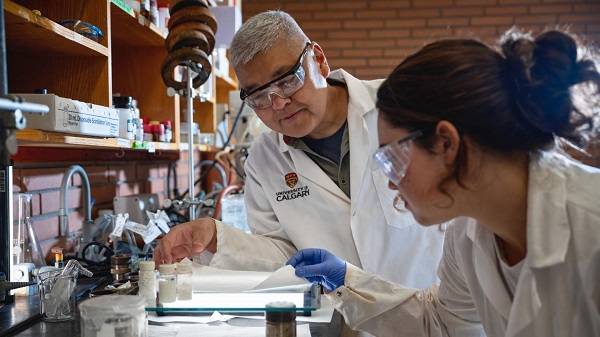
 Alberta2 days ago
Alberta2 days agoNobel Prize nods to Alberta innovation in carbon capture
-
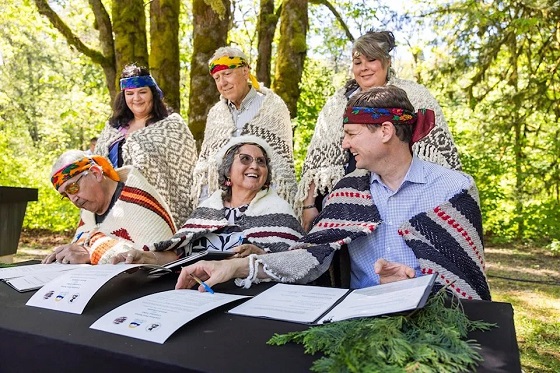
 Bruce Dowbiggin1 day ago
Bruce Dowbiggin1 day agoGet Ready: Your House May Not Be Yours Much Longer
-
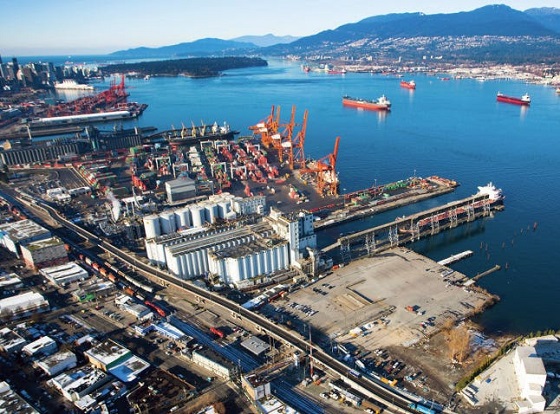
 Crime19 hours ago
Crime19 hours agoCanada Seizes 4,300 Litres of Chinese Drug Precursors Amid Trump’s Tariff Pressure Over Fentanyl Flows





